How to Use a Laminator
Method 1 of 3:
Loading the Project into a Pouch
-
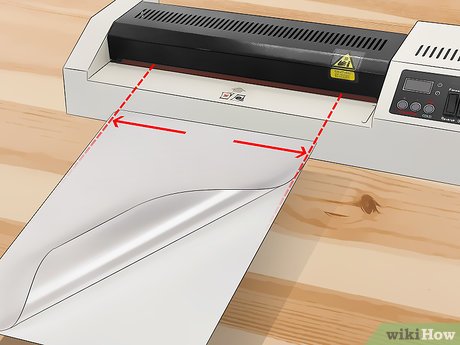 Choose a pouch small enough to fit in the laminator. Lamination pouches come in a variety of sizes. When choosing a size, make sure it's small enough to fit in your machine. That means that the folded side of the pouch needs to be smaller than the area you feed the pouch into. However, ensure your paper can fit completely inside the pouch.[1]
Choose a pouch small enough to fit in the laminator. Lamination pouches come in a variety of sizes. When choosing a size, make sure it's small enough to fit in your machine. That means that the folded side of the pouch needs to be smaller than the area you feed the pouch into. However, ensure your paper can fit completely inside the pouch.[1]- If your project is small, try using a smaller sheet so you don't waste part of the pouch.
-
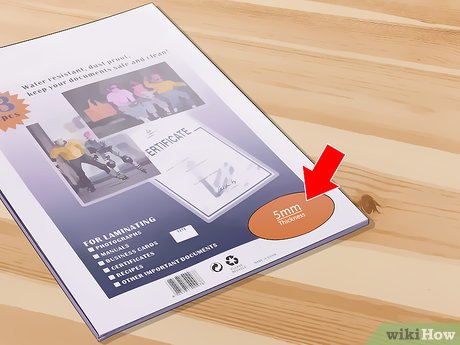 Select a thicker pouch for added durability. Pouches range in thickness from 3 millimeters to 14 millimeters. The thicker pouches provide more protection. However, always check the directions for your machine, as many machines cannot handle very thick pouches.[2]
Select a thicker pouch for added durability. Pouches range in thickness from 3 millimeters to 14 millimeters. The thicker pouches provide more protection. However, always check the directions for your machine, as many machines cannot handle very thick pouches.[2]- Most machines will handle pouches in the 3-5 millimeter thickness.
-
 Trim the paper to the shape you want it. If you want to cut out the white around an object on the paper, it's best to do it before you laminate it. Cut carefully around the edges until you're happy with how it looks.
Trim the paper to the shape you want it. If you want to cut out the white around an object on the paper, it's best to do it before you laminate it. Cut carefully around the edges until you're happy with how it looks. -
 Lay the paper in the laminating pouch. A laminating pouch is 2 sheets held together by 1 folded edge. Open the pouch up and place the edge of the paper up against the inside of the folded edge. On the other edges, make sure to leave a little space between the edge of the paper and the edge of the pouch for the laminator to seal the edges. Close the pouch.[3]
Lay the paper in the laminating pouch. A laminating pouch is 2 sheets held together by 1 folded edge. Open the pouch up and place the edge of the paper up against the inside of the folded edge. On the other edges, make sure to leave a little space between the edge of the paper and the edge of the pouch for the laminator to seal the edges. Close the pouch.[3]- Don't cut the pouch before inserting it in the machine, as that can cause jams.
-
 Space multiple small pieces out in a pouch, if necessary. If you have multiple pieces, carefully space them out inside the pouch, leaving a bit of room between them. You will need to be able to cut between them and still have a bit of laminated edge around each piece.[4]
Space multiple small pieces out in a pouch, if necessary. If you have multiple pieces, carefully space them out inside the pouch, leaving a bit of room between them. You will need to be able to cut between them and still have a bit of laminated edge around each piece.[4]- Some laminators warn against using multiple pieces in 1 pouch, so read your instruction booklet to find out more about your machine before attempting this.
Method 2 of 3:
Putting the Pouch in the Laminator
-
 Turn the laminator on and wait for it to heat up. The laminator may heat up in as little as 30 seconds, but it can take as long as 10-15 minutes with larger machines. Typically, the laminator will have an indicator light to tell you when it's warmed up.[5]
Turn the laminator on and wait for it to heat up. The laminator may heat up in as little as 30 seconds, but it can take as long as 10-15 minutes with larger machines. Typically, the laminator will have an indicator light to tell you when it's warmed up.[5]- Laminators use heat to activate the glue in the lamination pouches, so you must wait for it to get warm!
-
 Adjust the temperature based on the thickness of the pouch. You need more heat for a thicker pouch. Check the chart that came with your laminator to see what temperature you need to use with the pouch thickness you've chosen. Change the temperature to match.[6]
Adjust the temperature based on the thickness of the pouch. You need more heat for a thicker pouch. Check the chart that came with your laminator to see what temperature you need to use with the pouch thickness you've chosen. Change the temperature to match.[6]- If you have a fancy laminator, it may adjust the temperature on its own. Alternatively, if you have a cheaper laminator, you may not have heat settings, and the laminator may only handle thinner pouches. Some machines only have 3-millimeter and 5-millimeter options.
-
 Match the speed to the thickness of the pouch. More expensive laminators may allow you to change how fast the pouch goes through the laminator. Typically, pick a lower speed for a thicker pouch, but check the chart that came with the laminator to see the best speed for the thickness you chose. The laminator automatically grabs the pouch and feeds it through the machine, and the speed is how fast the machine does that.[7]
Match the speed to the thickness of the pouch. More expensive laminators may allow you to change how fast the pouch goes through the laminator. Typically, pick a lower speed for a thicker pouch, but check the chart that came with the laminator to see the best speed for the thickness you chose. The laminator automatically grabs the pouch and feeds it through the machine, and the speed is how fast the machine does that.[7]- Cheaper laminators will likely not have this option, which is another reason you may only be able to use thicker pouches with these.
-
 Place the folded edge of the pouch into the rolling part of the machine. Carefully pick up the pouch, trying not to move the papers inside around. Feed the edge into the slot in the machine between the rollers. Don't force it in. It will grab the edge and roll it through itself.[8]
Place the folded edge of the pouch into the rolling part of the machine. Carefully pick up the pouch, trying not to move the papers inside around. Feed the edge into the slot in the machine between the rollers. Don't force it in. It will grab the edge and roll it through itself.[8]- Feed the pouch in as straight as you can. If you put it in at an angle, you may end up crumpling it. Some machines have guides along the edge to help you.[9]
-
 Wait until the pouch has gone completely through the machine. This will take a minute or two, so be patient. Don't try to force it through the machine faster, as you'll likely cause a jam.
Wait until the pouch has gone completely through the machine. This will take a minute or two, so be patient. Don't try to force it through the machine faster, as you'll likely cause a jam. -
 Let the page cool before trimming it. The page will come out hot from the laminator, so let it sit for a minute or two. Then, trim around the edges of your paper. Typically, the seal will hold a bit better if you leave a little of the plain lamination around the outer edge of the paper.[10]
Let the page cool before trimming it. The page will come out hot from the laminator, so let it sit for a minute or two. Then, trim around the edges of your paper. Typically, the seal will hold a bit better if you leave a little of the plain lamination around the outer edge of the paper.[10]
Method 3 of 3:
Troubleshooting and Improving Your Lamination
-
 Laminate 2 sheets of paper together for an easy way to create a 2-sided project. Instead of printing on both sides of a piece of paper, which can lead to ink bleed through, print it on 2 separate sheets. Line up the sheets back-to-back in the pouch, and laminate that way. You'll end up with a 2-sided sheet![11]
Laminate 2 sheets of paper together for an easy way to create a 2-sided project. Instead of printing on both sides of a piece of paper, which can lead to ink bleed through, print it on 2 separate sheets. Line up the sheets back-to-back in the pouch, and laminate that way. You'll end up with a 2-sided sheet![11]- When trimming this paper, make sure to leave a little of the lamination around the outside of the sheet. If you trim it right up to the edge, the sheets will come apart. In some cases, that may be what you want; you get 2 sheets that are just laminated on the front, which can save you money if don't need to laminate the back.
-
 Use a basic filing folder to move a pouch with several paper pieces. If you're afraid your pieces will move around, place the open end of the pouch in the folder. Leave about 2 to 3 inches (5.1 to 7.6 cm) of the sheet out of the folder on the folded edge end. Pick up the folder and pouch together. Use the folder to hold the pieces in place while you guide the folded edge into the machine.[12]
Use a basic filing folder to move a pouch with several paper pieces. If you're afraid your pieces will move around, place the open end of the pouch in the folder. Leave about 2 to 3 inches (5.1 to 7.6 cm) of the sheet out of the folder on the folded edge end. Pick up the folder and pouch together. Use the folder to hold the pieces in place while you guide the folded edge into the machine.[12]- Keep holding the folder in place, but let the page slip down into the machine. Don't allow the folder to go through the machine.
-
 Use the release button if your paper jams. Sometimes, the pouch may crinkle, leading to a jam. If it does, try not to let it feed through the whole machine. Press the "release" button on the machine to pull out the paper.[13]
Use the release button if your paper jams. Sometimes, the pouch may crinkle, leading to a jam. If it does, try not to let it feed through the whole machine. Press the "release" button on the machine to pull out the paper.[13]- Some machines may require that you turn the power off before removing the jammed paper so always check your instruction manual.
- This can happen if you accidentally put it in at an angle, for instance.
4 ★ | 1 Vote
You should read it
- Discover the history and exciting production process of toilet paper
- What is the size of A5 paper? How to select and print A5 paper in Word
- Incidentally: Used toilet paper can be recycled into electricity
- The paper airplane folding tips can hover nearly 70m
- Should you throw toilet paper into the toilet or trash?
- How to fix Out of Paper Error on HP Printer
- What is the A0 paper size? How to select, print A0 in AutoCad
- Size of paper size A0, A1, A2, A3, A4 ... how many mm, inch?
May be interested
- Check out the 'buffalo' Pokémon in Pokémon Go
 each type of pokemon has hp, cp, ability to attack and endure differently. based on these indicators, players can determine as well as choosing the most powerful pokemon for their offensive tactics.
each type of pokemon has hp, cp, ability to attack and endure differently. based on these indicators, players can determine as well as choosing the most powerful pokemon for their offensive tactics. - Sitting home can also locate Pokemon around, do you believe it?
 the tightening of the niantic developers' rules to prevent players from abusing the support tools also brings annoyance, such as those who have no conditions to move much, go away, it is hard to know. get the location of the pokemon around the area they live in
the tightening of the niantic developers' rules to prevent players from abusing the support tools also brings annoyance, such as those who have no conditions to move much, go away, it is hard to know. get the location of the pokemon around the area they live in - 5 undeniable benefits when playing Pokemon Go
 get to know many new people, breathe fresh air, relieve stress, increase concentration thanks to going out for a walk .... are compelling reasons to force you to try pokemon go now .
get to know many new people, breathe fresh air, relieve stress, increase concentration thanks to going out for a walk .... are compelling reasons to force you to try pokemon go now . - Want to earn the fastest Pokécoins in Pokémon Go? So don't miss this article!
 pokécoins in pokémon go play the role of buying items in the store. the more coins you earn, the more likely you are to buy more items. to earn pokécoins, players will have to complete certain tasks or buy real money.
pokécoins in pokémon go play the role of buying items in the store. the more coins you earn, the more likely you are to buy more items. to earn pokécoins, players will have to complete certain tasks or buy real money. - Pokémon systems when fighting in Pokémon Go
 each pokémon system in pokémon go has different strengths, along with a specific weakness. this type of pokémon will have the power to attack the other pokémon, but can defeat the other pokémon. if you know the characteristics of each type, it will be easier to choose which pokémon to battle.
each pokémon system in pokémon go has different strengths, along with a specific weakness. this type of pokémon will have the power to attack the other pokémon, but can defeat the other pokémon. if you know the characteristics of each type, it will be easier to choose which pokémon to battle. - The terms you need to know when playing Pokémon Go
 pokémon go is the most prominent name in recent days. this game of capturing and training virtual animals has created a relatively new way of playing, as players have to constantly move to catch pokémon. during the process of joining pokémon go, you will encounter and use a lot of important terms. so what do they mean?
pokémon go is the most prominent name in recent days. this game of capturing and training virtual animals has created a relatively new way of playing, as players have to constantly move to catch pokémon. during the process of joining pokémon go, you will encounter and use a lot of important terms. so what do they mean? - How to play Pokemon GO on Windows computers
 recently, pokemon go has become a popular game, attracting thousands of gamers around the world. in previous posts network administrator has guided you on how to play pokemon go on android devices and ios devices. in the article below, network administrator will guide you how to play pokemon go on windows computers using bluestacks emulator software.
recently, pokemon go has become a popular game, attracting thousands of gamers around the world. in previous posts network administrator has guided you on how to play pokemon go on android devices and ios devices. in the article below, network administrator will guide you how to play pokemon go on windows computers using bluestacks emulator software. - How to become a good Pokémon Go hunter?
 with a new way of playing, pokémon go has created a new phenomenon in the game village around the world. players will have to go around and find pokémon for themselves. so how to quickly catch pokémon and in large numbers?
with a new way of playing, pokémon go has created a new phenomenon in the game village around the world. players will have to go around and find pokémon for themselves. so how to quickly catch pokémon and in large numbers? - Things to know to upgrade Pokémon in Pokémon Go
 the whirlwind pokémon go has spread its power right on the first day of its release. everyone rushed to the street to find a pokémon for themselves. therefore, in order to become a pokémon hunter, you need to master the basics of participating in pokémon go battlefield.
the whirlwind pokémon go has spread its power right on the first day of its release. everyone rushed to the street to find a pokémon for themselves. therefore, in order to become a pokémon hunter, you need to master the basics of participating in pokémon go battlefield. - List of medals received in Pokemon Go
 in addition to getting items when leveling up, gamers who join pokemon go also have the opportunity to receive their proud achievements.
in addition to getting items when leveling up, gamers who join pokemon go also have the opportunity to receive their proud achievements.
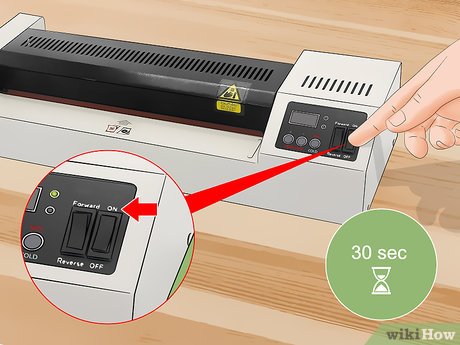
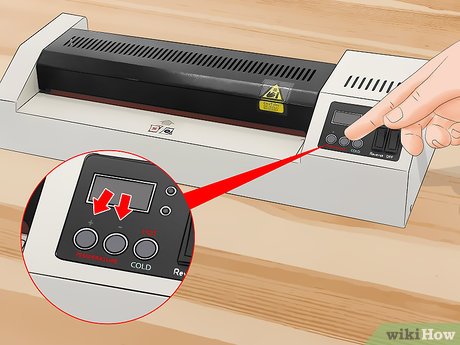
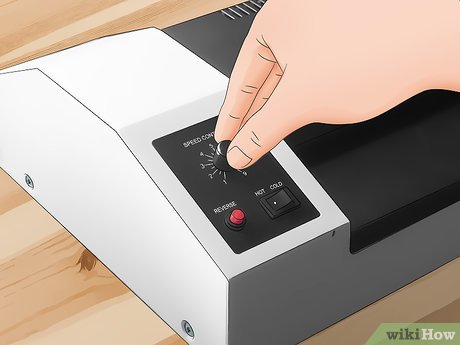
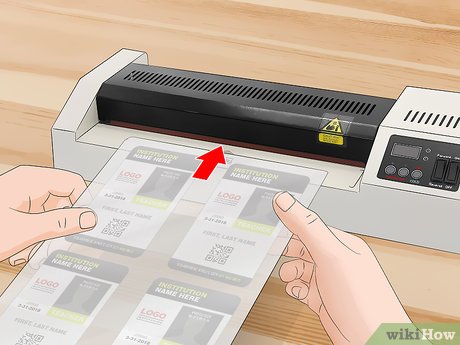
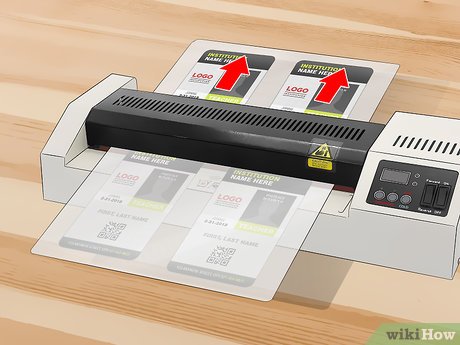
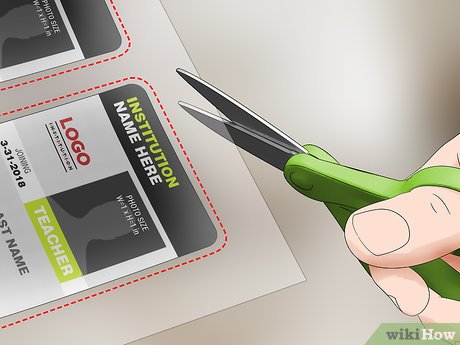
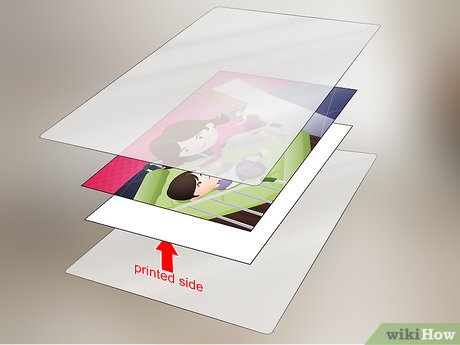
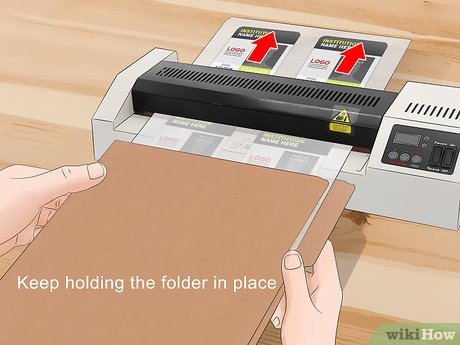
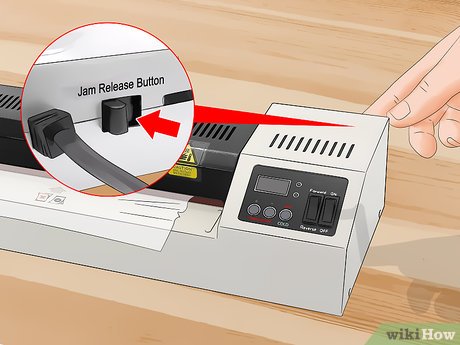










 How to Unbrick the HTC One X
How to Unbrick the HTC One X How to Post Private Videos on YouTube on PC or Mac
How to Post Private Videos on YouTube on PC or Mac How to Do a Word Count on Google Docs
How to Do a Word Count on Google Docs How to Prevent a Computer from Waking Up from External Devices
How to Prevent a Computer from Waking Up from External Devices How to Colour Your Computer
How to Colour Your Computer How to Collect Vintage Computers
How to Collect Vintage Computers